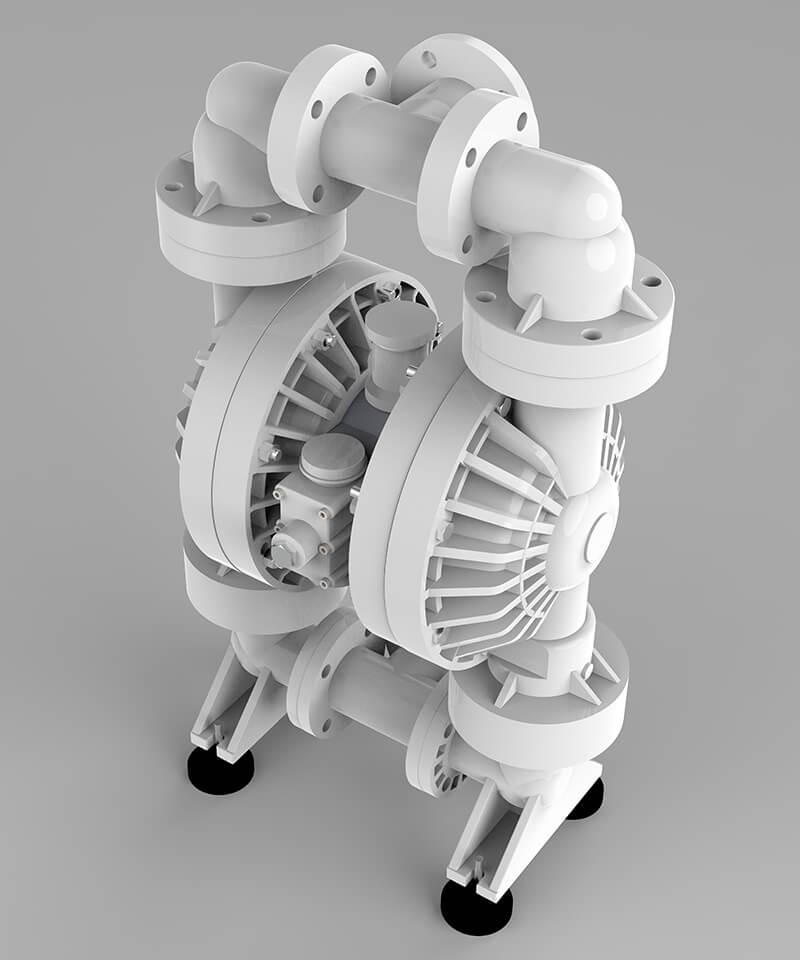
Tips to Control Injection Molding Part Costs
Injection molding is a preferred manufacturing process for producing high volumes of plastic parts due to its efficiency and capability to produce parts with complex geometries. However, without careful planning and execution, the costs can spiral. At Nirdosh Polymers, we focus on optimizing the injection molding process to ensure cost-efficiency without compromising on quality. Here are some strategic tips to help control and reduce costs in injection molding projects.
1. Optimize Part Design
The design of the plastic part plays a pivotal role in the overall cost of production. Simplifying the part design without compromising functionality can lead to significant cost savings. Consider minimizing the part’s complexity by reducing the number of undercuts, decreasing wall thickness, and consolidating multiple parts into a single design where possible. This not only reduces material usage but also decreases cycle times.
2. Select Appropriate Materials
Material selection can greatly affect the cost of your project. Different materials vary in price and performance characteristics. It’s important to choose a material that meets the requirements of the part but isn’t over-specified. Our experts at Nirdosh Polymers can help guide you through selecting the best material for your application that balances cost, performance, and manufacturability.
3. Leverage Efficient Tooling Design
Tooling costs can be a major part of the overall expenses in injection molding. Designing efficient and robust molds that are aligned with the production volume can reduce costs substantially. For low-volume productions, consider using aluminum molds which are cheaper and quicker to manufacture compared to steel molds. For higher volumes, a well-designed steel mold, although more expensive, will offer durability and maintain accuracy over time, reducing costs per part.
4. Utilize Automation Where Possible
Automation in injection molding can significantly reduce labor costs and increase production efficiency. Automated systems for parts handling and post-processing can minimize human error and enhance the consistency of the production runs. This investment in automation can pay off in the long run through faster production times and lower labor costs.
5. Monitor and Optimize the Production Process
Continuous monitoring and optimization of the injection molding process can lead to cost savings. Adjusting and optimizing parameters such as temperature, pressure, and cycle times can enhance the efficiency of the process, reduce waste, and improve the quality of the final product. Regular maintenance of the machinery and tooling also prevents costly downtimes and prolongs the life of the equipment.
6. Plan for the Long Term
Consider the lifecycle of the product and the total cost of ownership when planning your injection molding project. Investing in quality design, tooling, and processing upfront can reduce costs significantly in the long term. This approach prevents costly redesigns, reduces waste, and decreases the need for future repairs or adjustments.
Conclusion
At Nirdosh Polymers, we are committed to delivering high-quality injection molded parts while ensuring cost-effectiveness for our clients. By adopting these strategic tips, we help our customers achieve their production goals economically. Contact us to learn how we can assist in optimizing your next injection molding project for both cost efficiency and high quality.
For more insights and assistance, visit our website and let’s discuss how we can bring efficiency and innovation to your manufacturing processes.


